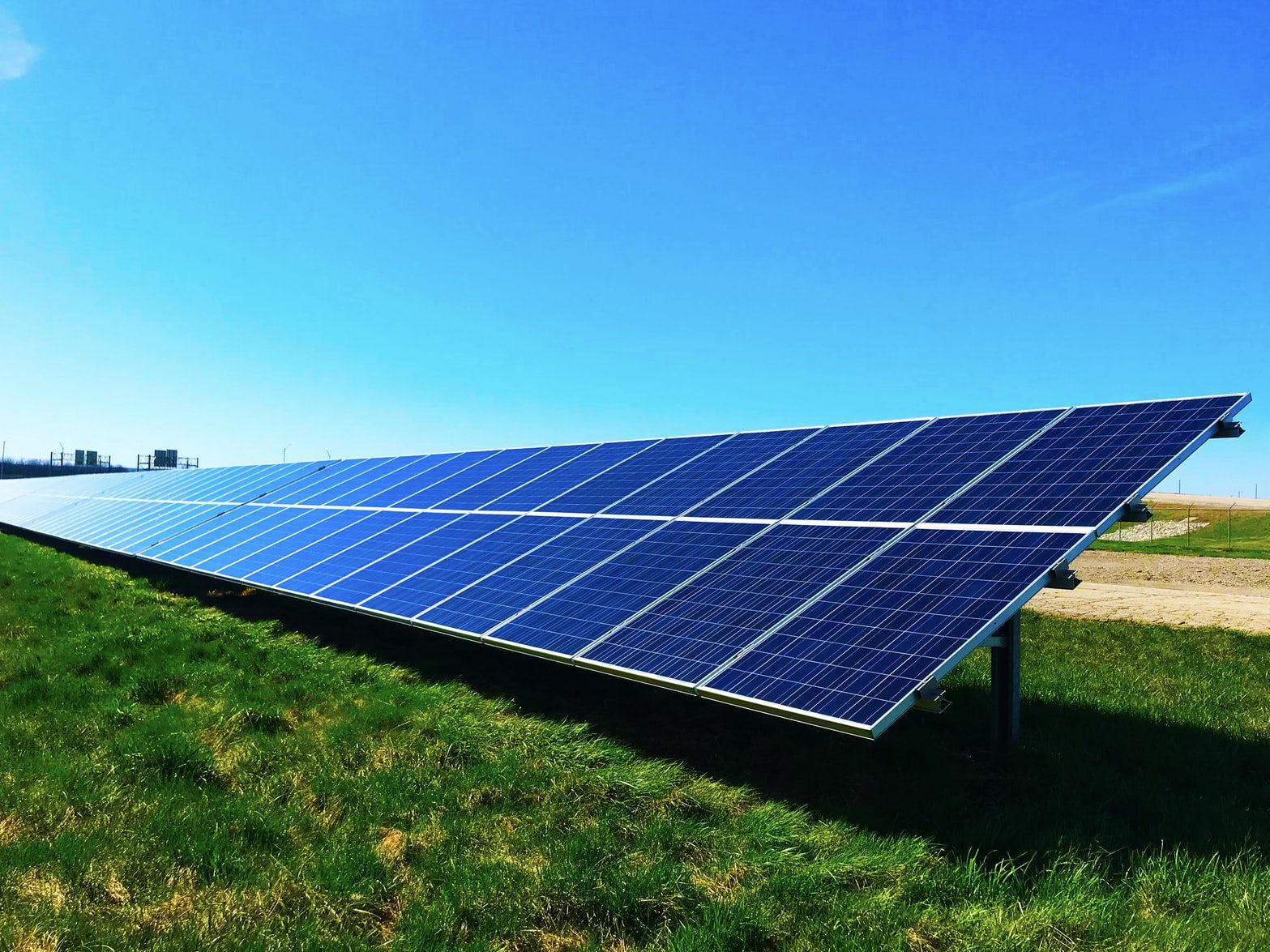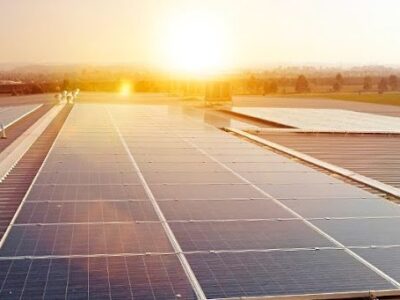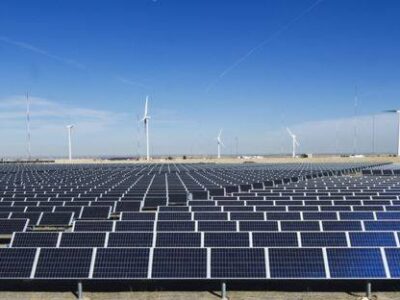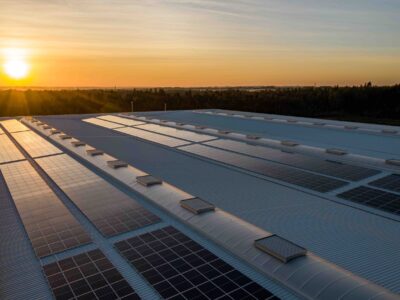In a world with few constants, the sun continues to rise and set. And, this means that – for quite a while – solar power has proven itself to be quite the interesting potential partner for energy. But now, solar power is more affordable, accessible and prevalent than ever before, making it a mass market viable clean energy competitor.
We have the capacity to power 12 million average American homes, with installations of solar power units growing 35-fold since 2008. In 2017, the solar industry blew past the Department of Energy’s SunShot Initiative 2020 goal for solar electricity costs to be competitive with conventionally generated electricity, without relying on subsidies. Since 2014, the cost of solar panels has dropped nearly 50 percent and though solar power is currently a small contributor to the overall electricity supply in the US, it is already revolutionizing the way consumers generate and use electricity.
There are two primary technologies for converting the sun’s energy to electricity. The most familiar method is photovoltaics or PV. These are panels spread out on roofs or in fields that collect sunlight, absorb photons into the cells of the panels, and generate an electric field. The other technology is concentrating solar power, or CSP. While not appropriate for residential use, CSP has great potential for solving our greater energy needs at large power plants. CSP uses mirrors to direct and concentrate sunlight onto receivers that then convert the solar energy to heat and finally, into the electricity that can power millions of homes and businesses.
Solar electricity is now economically-competitive with conventional energy sources in multiple states, including Hawaii, which has the nation’s highest energy bills and a stronger incentive to explore renewable energy. According to the SEIA/GTM Research Solar Market Insight Report 2020, U.S. states with the most cumulative solar capacity are California, North Carolina, Arizona, Florida, Texas, Nevada, New Jersey, Massachusetts, Georgia and New York. Solar jobs have grown by nearly 160 percent, nine times the national average job growth rate of the past five years, accounting for more than 242,000 U.S. workers. In the first quarter of 2020, 40 percent of all new electricity generating capacity added in the U.S. was solar, similar to its share of new capacity added in 2019. The solar industry is not insulated from the coronavirus crisis however. The impact is most evident in distributed solar, which is projected to see 31 percent fewer installations in 2020 than in 2019.
Still, the great promise of solar continues to shine. Seven southwestern states have the land capacity and technical potential to supply more than four times the U.S. annual electricity demand through CSP alone. Large corporations have been buying into solar energy since the 1970’s, including oil and gas companies. Last year, Shell Energy invested an estimated $200 million into a 200-MW California solar project, the Sandrini Solar Park near Bakersfield, California set to be operational by 2022.
US consumers rely on large utility companies and cooperatives to provide electricity through fossil fuel, nuclear power, and large-scale hydro generation, all of which release massive greenhouse gases into the atmosphere. While utility companies have not been big fans of distributed solar, most of them are currently busy at work developing their own solar installations. In many states, renewable electricity standards call for a minimum percentage of retail electricity sales to come from renewable sources. These standards, according to the Berkeley Lab, are behind roughly half of all U.S. renewable electricity capacity and generation from 2000 to 2017.
Like any energy resource, solar power, especially on utility-scale projects, has its environmental impact. It takes a great deal of land to generate the amount of energy necessary to power America. To avoid deforestation and negative impact on wildlife, solar farms can use “brownfields” — abandoned mines, waste sites and industrial properties, unproductive farmland, and even reservoirs or sewage ponds to float solar arrays. And the fact that solar energy is non-carbon emitting offsets the impact of installation and land use significantly. PV panels on just 0.6% of the United State’s total land area could supply enough electricity to power the entire nation, carbon free.
We could avoid land impact altogether by bringing it down to rooftop scale. The National Renewable Energy Laboratory says that solar arrays on America’s rooftops alone could generate enough power to offset 39 percent of our present usage. To date, the U.S. has installed more than 2 million solar PV energy systems in homes. Yet today, less than 1 percent percent of our total energy supply, or 2.3 percent of our electricity, is solar generated. Rooftop arrays, solar parking canopies and other distributed solar systems supplied only 30 billion kilowatt-hours of electricity in 2018, that’s little more than 0.7 percent of our total power generation. Though solar energy is abundant, it will take fundamental changes in how we generate, store and use electricity in order to fully harness its power.
Like wind, solar power is variable. Sunny days yield more electricity than necessary, but when the clouds come, power can be depleted. Broadening the grid’s geographical reach is one solution to this challenge. For instance, wind power from Wyoming can support California’s end-of-day surge in electric needs. Where geographical reach has its limitations, energy storage in the form of compact, lithium ion batteries offers a dependable way to fully support the grid. For household systems, these batteries capture electricity from a rooftop PV array during daylight hours and release the power to the grid as necessary. From the 10,000 foot view, multiple megawatts of electricity can be stored in on-site batteries at commercial buildings or utility-scale solar plants. This makes solar energy a solution for everyone, even rainy Seattle and snow-bound Minneapolis.
Minneapolis Mayor Jacob Frey says: “We are proud that Minnesota ranked #2 for growth in solar jobs in 2017, despite our snowy disposition. To tackle climate change, we have set clear and ambitious goals to get Minneapolis to 100 percent clean energy by 2030. We know that this goes hand in hand with developing a diverse workforce to meet the subsequent demand for green jobs.”
There is immense power in solar as a non-carbon-emitting energy resource, and substantial growth in the US solar industry is helping to build a more sustainable future for us all. Americans have seen the cost of solar energy drop significantly in the past few years, allowing families and businesses full access to affordable, clean energy. From ancient sun worshippers to today’s solar engineers, the sun has always held great power. This is true now more than ever, as the sun energizes the planet and the spaces we call home.





